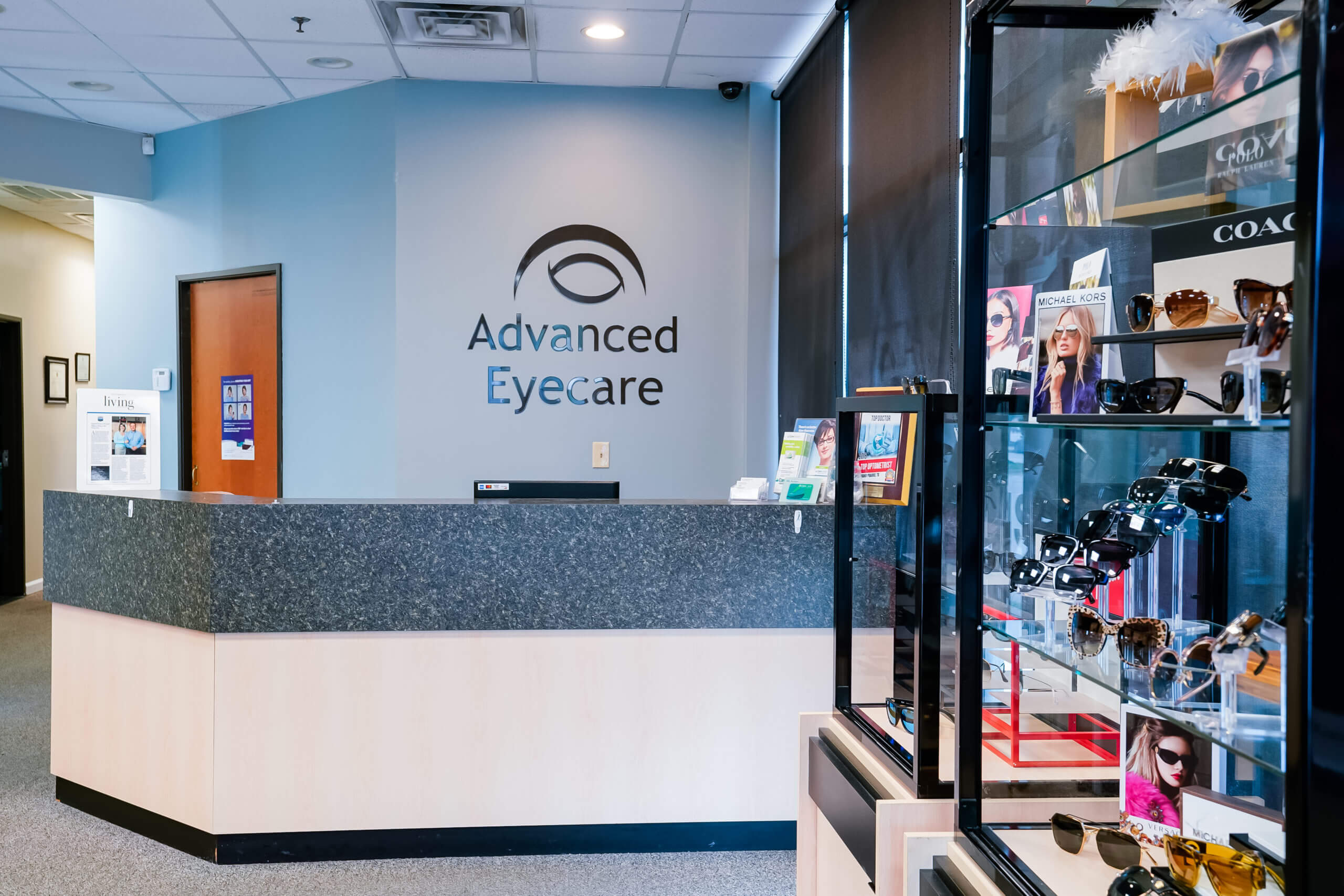Professional Ophthalmologist in Andalusia: Your Vision Is Worthy Of the most effective
Professional Ophthalmologist in Andalusia: Your Vision Is Worthy Of the most effective
Blog Article
The Pros and Disadvantages of Various Refractive Surgical Treatments for Improved Eyecare

LASIK Surgical Procedure
LASIK surgical procedure is a commonly executed refractive treatment that aims to deal with vision concerns such as farsightedness, astigmatism, and nearsightedness. Throughout the procedure, a thin flap is created on the cornea, and a laser is made use of to improve the underlying cells, remedying the refractive mistake.
One of the main advantages of LASIK surgical treatment is the quick improvement in vision experienced by many people. It is necessary for individuals thinking about LASIK surgery to go through an extensive assessment by an eye care specialist to identify if they are appropriate prospects for the procedure.
PRK Procedure
The PRK treatment, also known as Photorefractive Keratectomy, is a kind of refractive surgical procedure that aims to deal with vision problems similar to LASIK surgical treatment. Unlike LASIK, which entails creating a flap in the cornea, PRK works on the surface layer of the cornea.
One of the benefits of PRK over LASIK is that it gets rid of the risk of flap-related issues given that no flap is produced throughout the surgical procedure. Despite the longer recovery period, PRK can be an ideal alternative for individuals seeking vision modification surgical procedure.
SMILE Surgical Procedure
A cutting-edge refractive surgery strategy obtaining popularity in the area of ophthalmology is SMILE Surgical procedure. Little Laceration Lenticule Removal (SMILE) is a minimally intrusive treatment that remedies vision by improving the cornea utilizing a femtosecond laser. Unlike conventional LASIK surgical treatment, SMILE Surgical treatment includes creating a little laceration in the cornea to draw out a lenticule, which causes much less disturbance to the corneal structure and potentially quicker healing times.
One of the main benefits of SMILE Surgical procedure is its capacity to treat nearsightedness (nearsightedness) and astigmatism with high accuracy, bring about exceptional aesthetic end results for patients. The minimally invasive nature of the treatment also lowers the threat of problems such as dry eye disorder, making it a beneficial alternative for people seeking refractive surgical treatment.

LASEK Method
Having actually discovered the benefits and considerations of SMILE Surgical treatment, an additional significant refractive surgery technique worth taking a look at is the LASEK Technique. LASEK, which means Laser-Assisted Subepithelial Keratectomy, is a kind of laser you can try here eye surgery that aims to deal with refractive errors such as myopia (nearsightedness), hyperopia (farsightedness), and astigmatism.
Unlike LASIK, LASEK does not involve producing a corneal flap. Instead, during a LASEK procedure, the specialist makes use of a watered down alcohol option to loosen up the slim external layer of the cornea, called the epithelium. This layer is after that carefully relocated apart to permit the laser to improve the underlying corneal tissue. Once the cornea has been reshaped to the preferred level, the epithelial layer is rearranged.
Among the main benefits of LASEK is that it can be ideal for individuals with slim corneas who might not be good prospects for LASIK. Additionally, LASEK normally results in marginal post-operative pain and a quicker recuperation time compared to PRK. Nonetheless, the aesthetic healing procedure with LASEK may be slightly longer than with LASIK.
Implantable Contact Lenses
Implantable Call Lenses provide a long-term vision correction option for individuals looking for an alternative to traditional call lenses or glasses. These lenses, also called phakic intraocular lenses, are operatively put into the eye to deal with refractive errors such as myopia (nearsightedness), hyperopia (farsightedness), and astigmatism. eye doctors in andalusia. Unlike standard article source call lenses that sit on the surface of the eye, implantable get in touch with lenses work within the eye itself, providing clear vision without the requirement for day-to-day upkeep or elimination
One of the essential benefits of implantable contact lenses is their permanence. When inserted, they can continue to be in the eye indefinitely, providing consistent and steady vision adjustment. Furthermore, these lenses can be a superb alternative for individuals who are bad prospects for laser eye surgery or who favor a relatively easy to fix vision correction procedure.
However, implantable get in touch with lenses do carry some dangers, including the potential for cataracts or boosted eye pressure. It is critical for people considering this choice to seek advice from with an eye treatment professional to identify if implantable call lenses are the best selection for their specific needs and eye wellness.
Conclusion
In conclusion, each kind of refractive surgical treatment has its very own benefits and negative aspects. LASIK surgery is preferred for its fast recuperation time, while PRK treatment may appropriate for clients with thin corneas. SMILE surgery offers minimal pain throughout the treatment, however index LASEK method may have a longer healing process. Implantable call lenses offer an alternative for those who are not ideal prospects for standard surgical treatments. People ought to seek advice from their eye care provider to identify the most effective choice for their private demands.

In General, SMILE Surgery presents an encouraging alternative for individuals looking to enhance their vision through refractive surgery.
Report this page